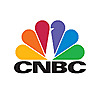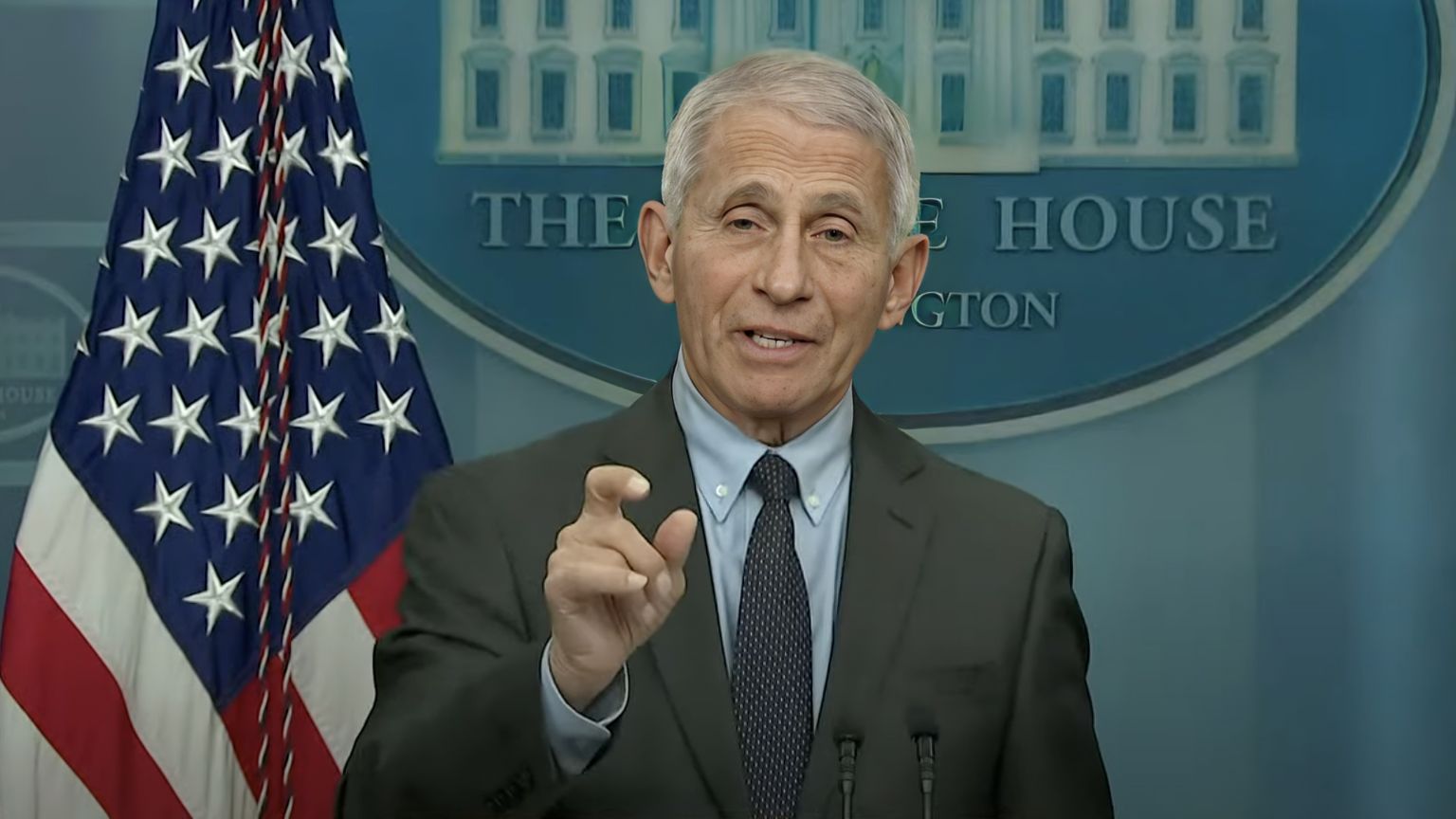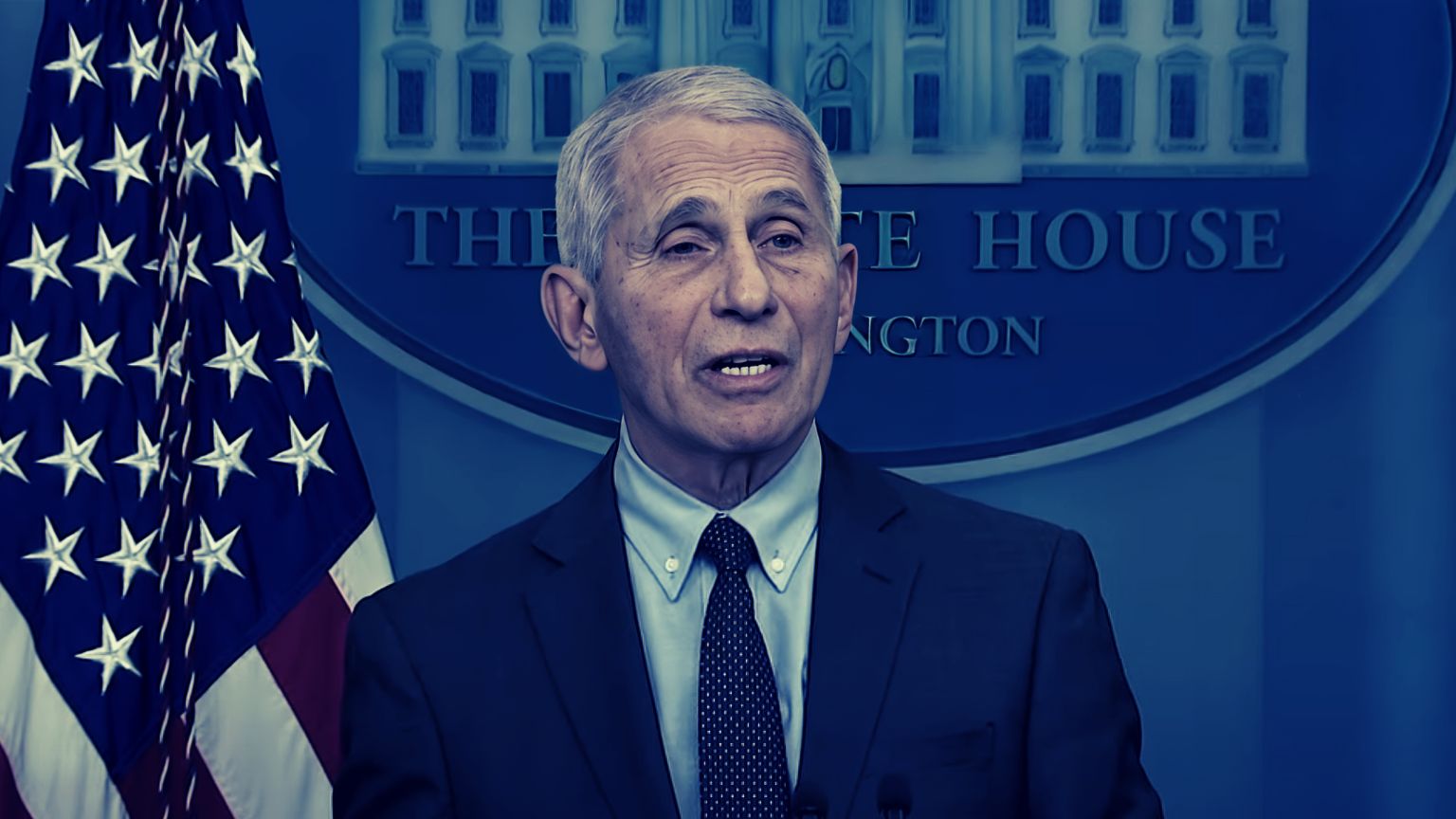The euro sign sculpture stands outside the former European Central Bank (ECB) headquarters in Frankfurt, Germany, on Sunday, July 3, 2016.
Krisztian Bocsi | Bloomberg | Getty Images
The euro is nearing parity with the U.S. dollar for the first time in 20 years, but currency strategists are divided on whether it will get there, and what it will mean for investors and the economy.
As of Thursday morning in Europe, the euro was hovering around $1.05, having been in steady decline for almost a year, down from around $1.22 last June. The common currency slid to just above $1.03 earlier this week.
The dollar has been strengthened by risk aversion in markets as concerns about Russia's war in Ukraine, surging inflation, supply chain problems, slowing growth and tightening monetary policy have driven investors toward traditional "safe haven" assets.
The narrowing between the two currencies has also been driven by divergence in monetary policy among central banks. The U.S. Federal Reserve earlier this month raised benchmark borrowing rates by half a percentage point, its second hike of 2022, as it looks to rein in inflation running at a 40-year high.
Fed Chairman Jerome Powell said on Tuesday that the central bank will not hesitate to continue raising rates until inflation comes down to a manageable level and repeated his commitment to bring it closer to the Fed's 2% target.
The European Central Bank, by contrast to the Fed and the Bank of England, has yet to raise interest rates despite record high inflation across the euro zone. However, it has signaled the end of its asset purchase program and policymakers have struck a more hawkish tone of late.
ECB policymaker Francois Villeroy de Galhau said on Monday that excessive euro weakness threatens price stability in the bloc, increasing the cost of dollar-denominated imported goods and commodities and further fueling the price pressures that have driven euro zone inflation to record highs.
What would it take to get to parity?
Sam Zief, global head of FX strategy at JPMorgan Private Bank, told CNBC on Wednesday that the path to parity would require "a downgrade in growth expectations for the euro area relative to the U.S., akin to what we got in the immediate aftermath of the Ukraine invasion."
"Is that possible? Sure, but it's certainly not our base case, and even in that case, it does seem like euro at parity becomes your worst case scenario," Zief said.
He suggested that the risk-reward over a two to three-year period — with the ECB likely escaping negative rate territory and fewer fixed income outflows from the euro area — means the euro looks "incredibly cheap" at present.
"I don't think there's many clients that are going to look back in two to three years and think that buying euro sub-$1.05 was a bad idea," Zief said.
He noted that the Fed's aggressive interest rate hiking cycle and quantitative tightening over the next two years are already priced into the dollar, a view echoed by Stephen Gallo, European head of FX strategy at BMO Capital Markets.
Gallo also told CNBC via email that it's not just the prospect of material policy divergence between the Fed and the ECB that will affect the EURUSD pair.
"It's also the evolution of the EUR's core balance of payments flows, and the prospect of additional negative energy supply shocks, which are also dragging the currency lower," he said.
"We have not seen evidence of a large build-up in EURUSD short positions on the part of leveraged funds in the data we track, which leads us to believe that the EUR is weak because of a deterioration in underlying core flows."
A move to parity between the euro and the dollar, Gallo suggested, would require ECB "policy inertia" over the summer, in the form of rates remaining unchanged, and a full German embargo on Russian fossil fuel imports, which would lead to energy rationing.
"It would not be surprising to see ECB policy inertia continue if the central bank is faced with the worst possible combination of higher recession risk in Germany and additional sharp rises in prices (i.e. the dreaded stagnation)," Gallo said.
"For the Fed's part in all this, I believe the Fed would become alarmed by a move to the 0.98-1.02 range in EURUSD, and this extent of USD strength vs the EUR, and I could see a move to this area in EURUSD causing the Fed to pause or slow its tightening campaign."
Dollar 'too high'
The dollar index is up around 8% since the start of the year, and in a note Tuesday, Deutsche Bank said the "safe haven" risk premium priced into the greenback was now at the "upper end of extremes," even when accounting for interest rate differentials.
Deutsche Bank Global Co-Head of FX Research George Saravelos believes a turning point is close. He argued that we are now at a stage where further deterioration in financial conditions "undermines Fed tightening expectation" while a great deal more tightening remains to be priced in for the rest of the world, and Europe in particular.
"We don't believe Europe is about to enter a recession and European data – in contrast to the consensus narrative – continues to outperform the U.S.," Saravelos said.
Deutsche Bank's valuation monitor indicates that the U.S. dollar is now the "world's most expensive currency," while the German lender's foreign exchange positioning indicator shows that dollar long positions against emerging market currencies are at their highest since the peak of the Covid-19 pandemic.
"All of these things give the same message: the dollar is too high," Saravelos concluded. "Our forecasts imply EUR/USD will go back up to 1.10 not down to parity in coming months."
The case for parity
While many analysts remain skeptical that parity will be reached, at least persistently, pockets of the market still believe that the euro will eventually weaken further.
Interest rate differentials vis-à-vis the U.S. shifted against the euro after the Fed's June 2021 meeting, in which policymakers signaled an increasingly aggressive pace of policy tightening.
Jonas Goltermann, senior markets economist at Capital Economics, said in a note last week that the ECB's recent hawkish shift has still not matched the Fed or been enough to offset the increase in euro-zone inflation expectations since the turn of 2022.
While Capital Economics expects the Fed's policy path to be similar to that priced in by markets, Goltermann expects a less aggressive than discounted path for the ECB, implying an additional shift in nominal interest rate differentials against the euro, albeit a much smaller one than that seen last June.
Deteriorating euro zone terms of trade and a global economic slowdown with further turbulence ahead – with the euro more exposed to financial tightening due to the vulnerability of its periphery bond markets – further compound this view.
"The upshot is that – contrary to most other analysts – we forecast the euro to weaken a bit further against the dollar: we expect the EUR/USD rate to reach parity later this year, before rebounding toward 1.10 in 2023 as the headwinds to the euro-zone economy ease and the Fed reaches the end of its tightening cycle," Goltermann said.










 English (US) ·
English (US) ·